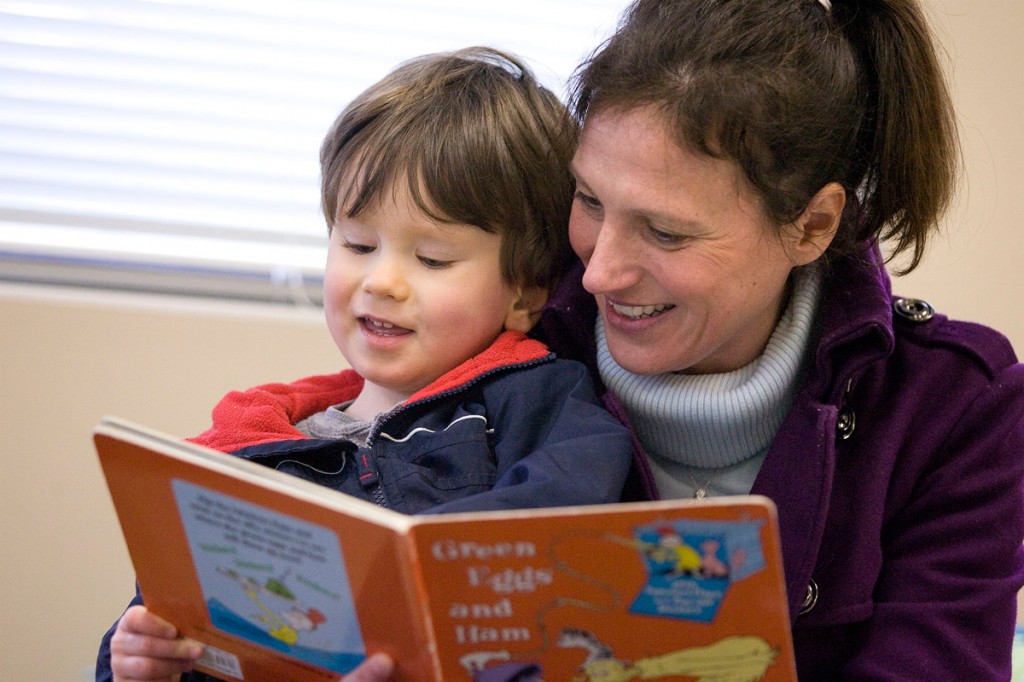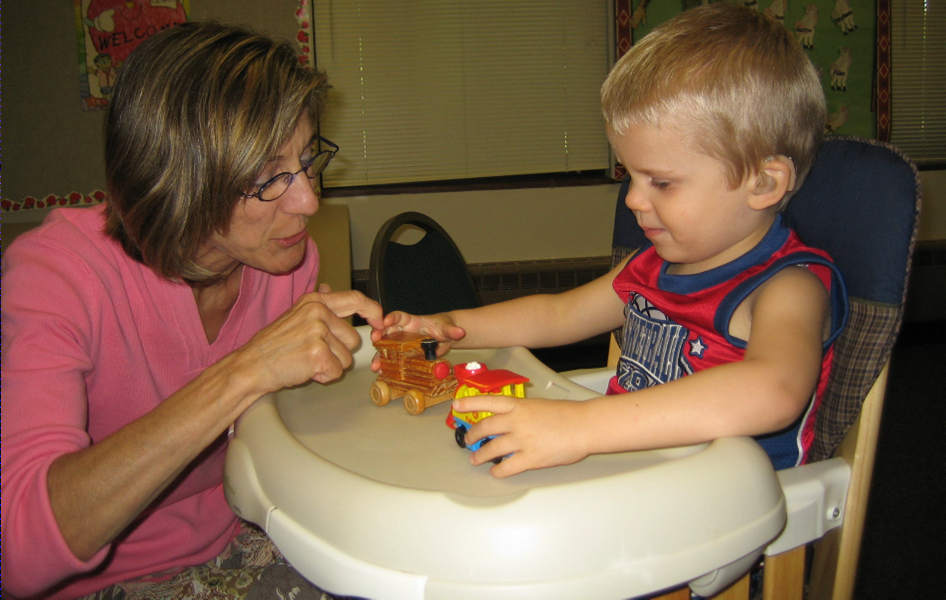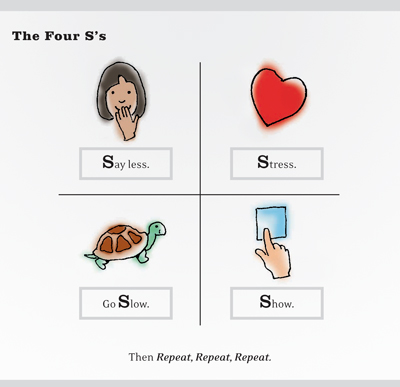What to Know when Talking to Your Child with a Language Disorder
Children with language disorders, whether they be of articulation, expression, comprehension or others might need some extra assistance from their communication partner. A communication partner is the person listening and sharing in the conversation and for children, this is often an adult. Communication partners can do a lot to support a child in conversation, making it easier or less challenging to communicate. Here’s how:
According to ASHA, children with speech and language disorders may experience one or more of the following disorders:
- Speech sound disorders – (difficulty pronouncing sounds)
- Voice disorders – (quality of voice that may include hoarseness, nasality, volume (too loud or soft)
- Language disorders – (difficulty understanding what they hear as well as expressing themselves with words)
- Cognitive-communication disorders – (difficulty with thinking skills including perception, memory, awareness, reasoning, judgment, intellect and imagination)
- Stuttering (fluency) disorders – (interruption of the flow of speech that may include hesitations, repetitions, prolongations of sounds or words)
When talking to a child with any of these disorders, communication partners should take some steps to help the child communicate. These can include making the sometimes anxious environment or stress of communication easier by relieving the burden on the child. This can also include augmenting the way you talk to the child by providing extra information. Specifically, when talking to a child with a language impairment you should:
Slow down. By reducing your rate of speech, you are allowing the child extra time to process the information. Also provide a pause or significant amount of time for the child to answer before expecting a response. This relieves some potential pressure or anxiety surrounding having to articulate or formulate the the correct words/sounds.
Give visual cues paired with auditory information. Show the child what you are talking about or referring to by using a gesture or object. While you might do this naturally at times, it is helpful to stop and encourage yourself to do it more often.
Provide repetition. It is ok to repeat and even modify your message when talking to a child with language impairment. By saying it again, you are giving the child an extra opportunity to understand the message.
Model. Provide a model for your child either of a correct sound production or the syntax/language structure you are expecting from them. If the child is having a hard time constructing a story, provide some guidance with leading questions such as “who was there?” and “where were you?” while repeating their utterance back to them in the correct form (e.g., “oh you were with your teacher and you went into the cafeteria.”)
Be consistent with cues and strategies from speech therapy. Parents and therapists should have a collaborative relationship. Coordinate with your child’s therapist regarding strategies for giving verbal or gestural cues to the child. If the school SLP uses a specific tactile cue to elicit a sound, you should too. The same consistency across prompts and communication partners will ultimately help the child succeed in communication.





